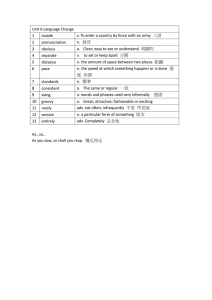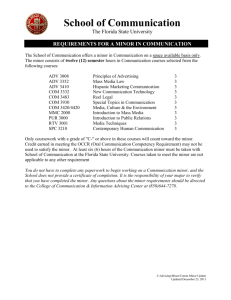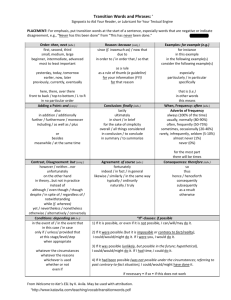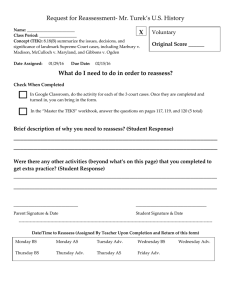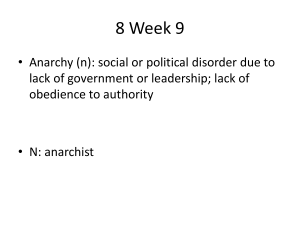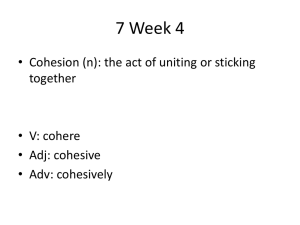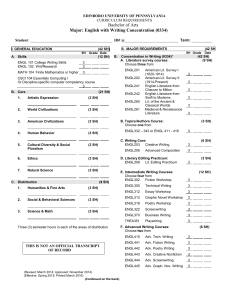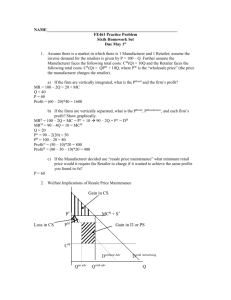Homework Assignment 2 in Geometric Control Theory, MATH666
advertisement
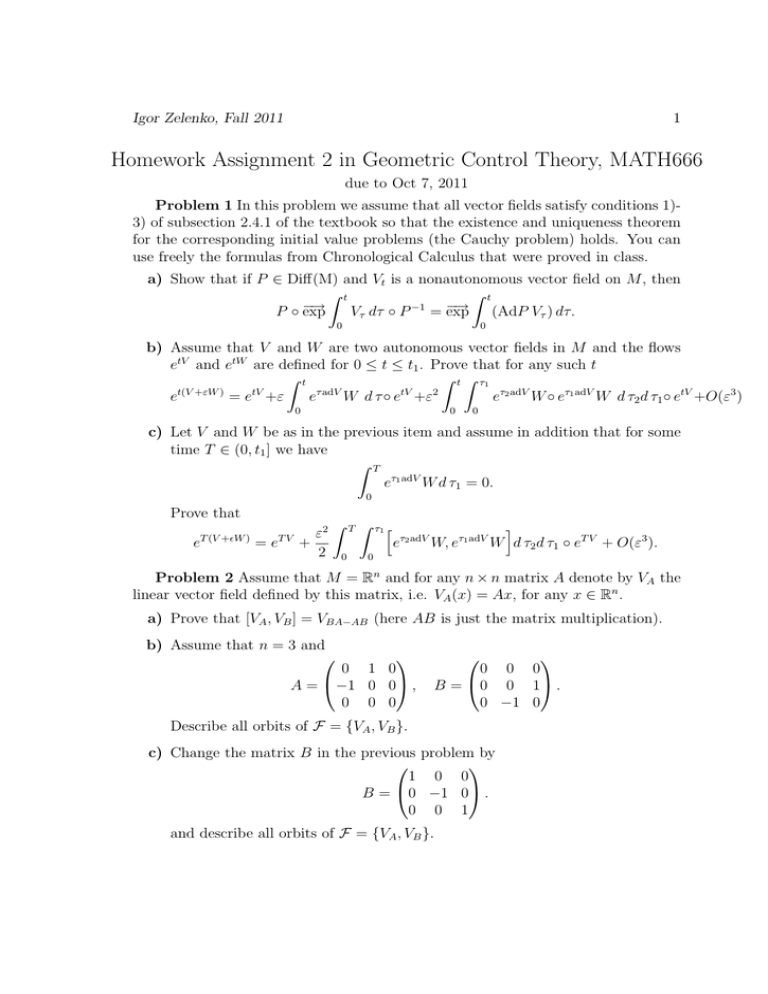
Igor Zelenko, Fall 2011
1
Homework Assignment 2 in Geometric Control Theory, MATH666
due to Oct 7, 2011
Problem 1 In this problem we assume that all vector fields satisfy conditions 1)3) of subsection 2.4.1 of the textbook so that the existence and uniqueness theorem
for the corresponding initial value problems (the Cauchy problem) holds. You can
use freely the formulas from Chronological Calculus that were proved in class.
a) Show that if P ∈ Diff(M) and Vt is a nonautonomous vector field on M , then
Z t
Z t
−
→
−
→
−1
Vτ dτ ◦ P = exp (AdP Vτ ) dτ.
P ◦ exp
0
0
b) Assume that V and W are two autonomous vector fields in M and the flows
etV and etW are defined for 0 ≤ t ≤ t1 . Prove that for any such t
Z t
Z t Z τ1
τ adV
tV
2
t(V +εW )
tV
eτ2 adV W ◦ eτ1 adV W d τ2 d τ1 ◦ etV +O(ε3 )
e
W d τ ◦ e +ε
e
= e +ε
0
0
0
c) Let V and W be as in the previous item and assume in addition that for some
time T ∈ (0, t1 ] we have
Z T
eτ1 adV W d τ1 = 0.
0
Prove that
e
T (V +W )
=e
TV
ε2
+
2
Z
0
T
Z
τ1 h
i
eτ2 adV W, eτ1 adV W d τ2 d τ1 ◦ eT V + O(ε3 ).
0
Problem 2 Assume that M = Rn and for any n × n matrix A denote by VA the
linear vector field defined by this matrix, i.e. VA (x) = Ax, for any x ∈ Rn .
a) Prove that [VA , VB ] = VBA−AB (here AB is just the matrix multiplication).
b) Assume that n = 3 and
0 1 0
A = −1 0 0 ,
0 0 0
0 0 0
B = 0 0 1 .
0 −1 0
Describe all orbits of F = {VA , VB }.
c) Change the matrix B in the previous problem by
1 0 0
B = 0 −1 0 .
0 0 1
and describe all orbits of F = {VA , VB }.
